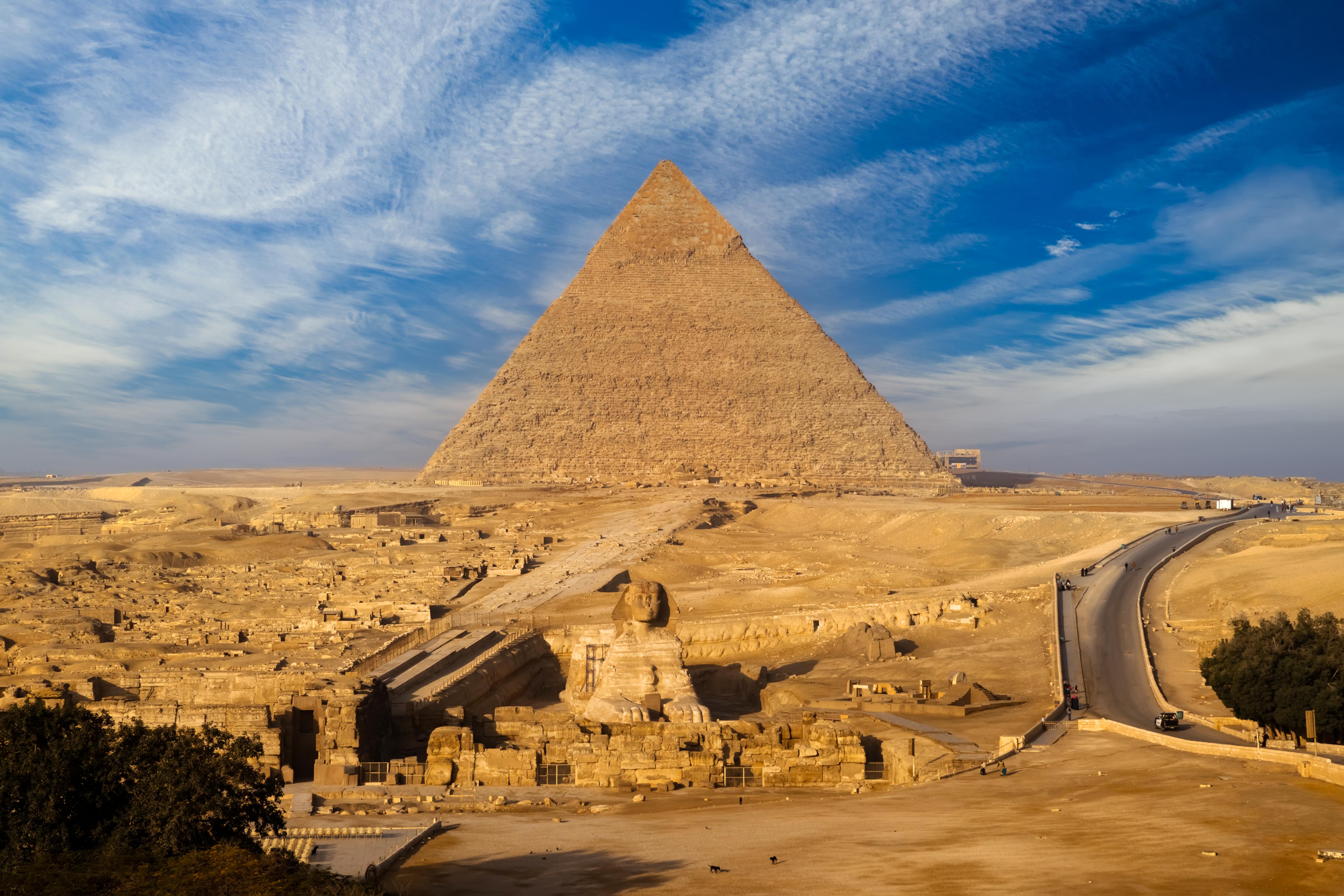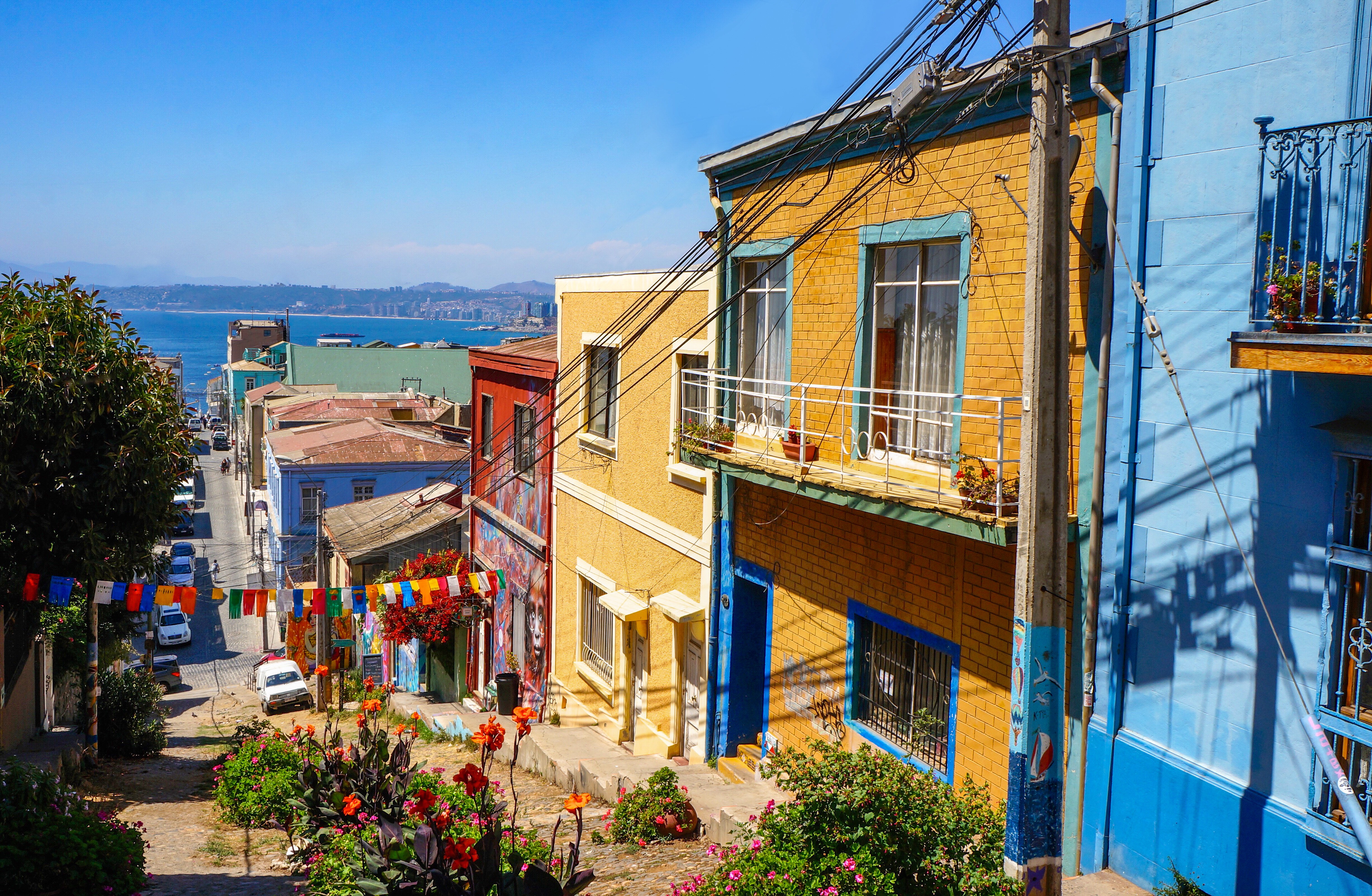11 Stunning Cities Built on Ancient Civilizations
The world is a tapestry woven from the threads of history, and nowhere is this more evident than in cities that stand on the remnants of ancient civilizations. These urban landscapes are more than just a collection of buildings and streets; they are living museums, where every stone whispers secrets of the past. Our journey in this article takes us through eleven stunning cities, each built upon the echoes of ancient cultures. From the bustling markets of the Middle East to the serene vistas of the Americas, these cities offer a unique blend of ancient history and modern life. They remind us that while time marches on, the past is never truly forgotten, and it continues to shape the world we inhabit today. As we explore each city, we will uncover the layers of history that lie beneath and reveal the stories of the civilizations that once thrived there.
1. Athens
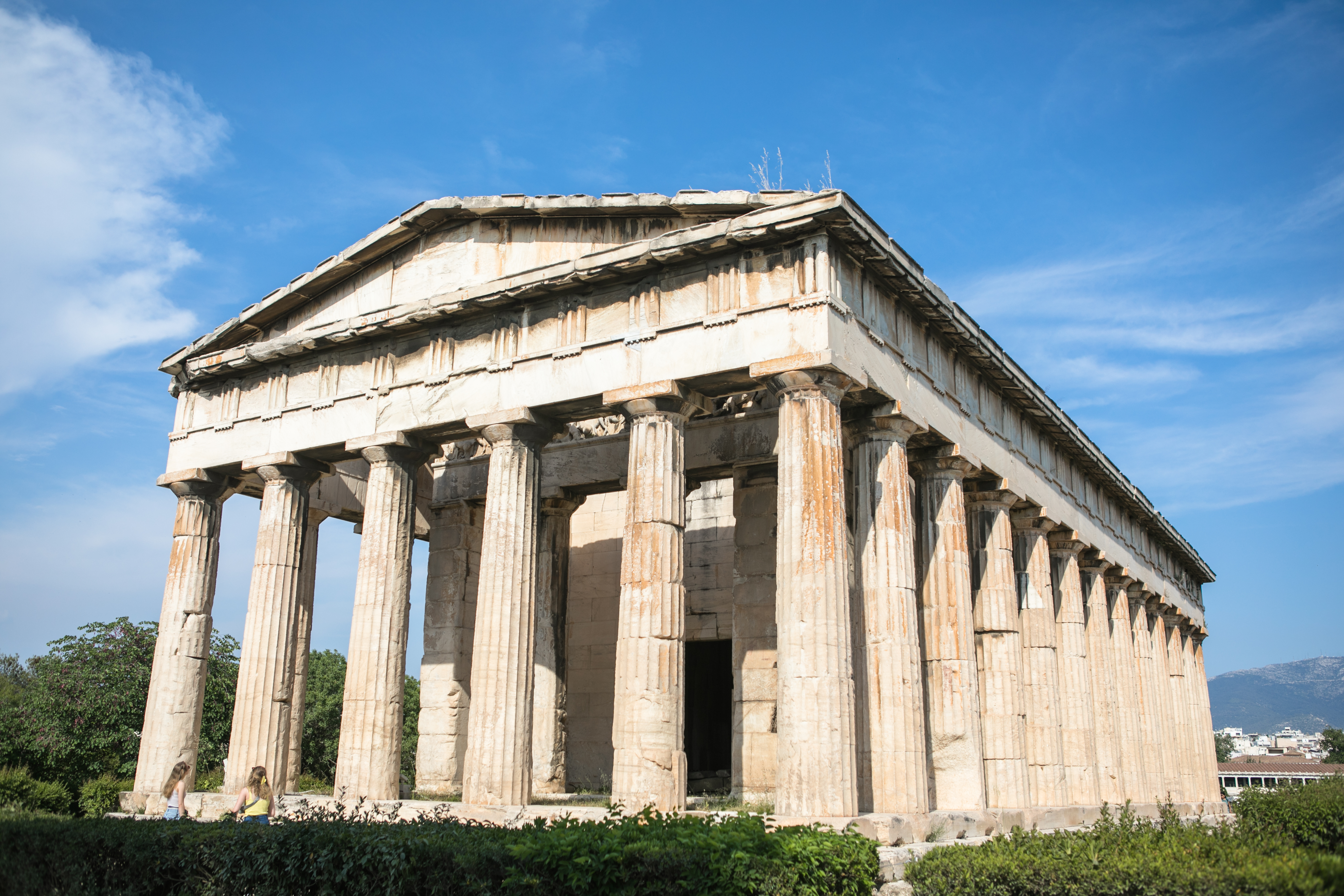
Athens, the capital of Greece, is often hailed as the cradle of Western civilization. Its streets are a testament to the city's rich history, with ancient ruins standing alongside modern architecture. The Acropolis, a symbol of ancient Greek achievement, towers over the city, reminding visitors of the intellectual and artistic prowess of its past inhabitants. Walking through the Agora, one can almost imagine the debates of philosophers like Socrates and Plato, whose ideas continue to influence contemporary thought. Athens is a city where the spirit of democracy was born, and its legacy is evident in the political systems of many modern nations. The city's museums, such as the National Archaeological Museum, house artifacts that offer a glimpse into the daily lives of ancient Athenians—from their religious practices to their artistic endeavors. In Athens, the past is not just remembered; it is celebrated and integrated into the everyday vibrant culture.
2. Rome
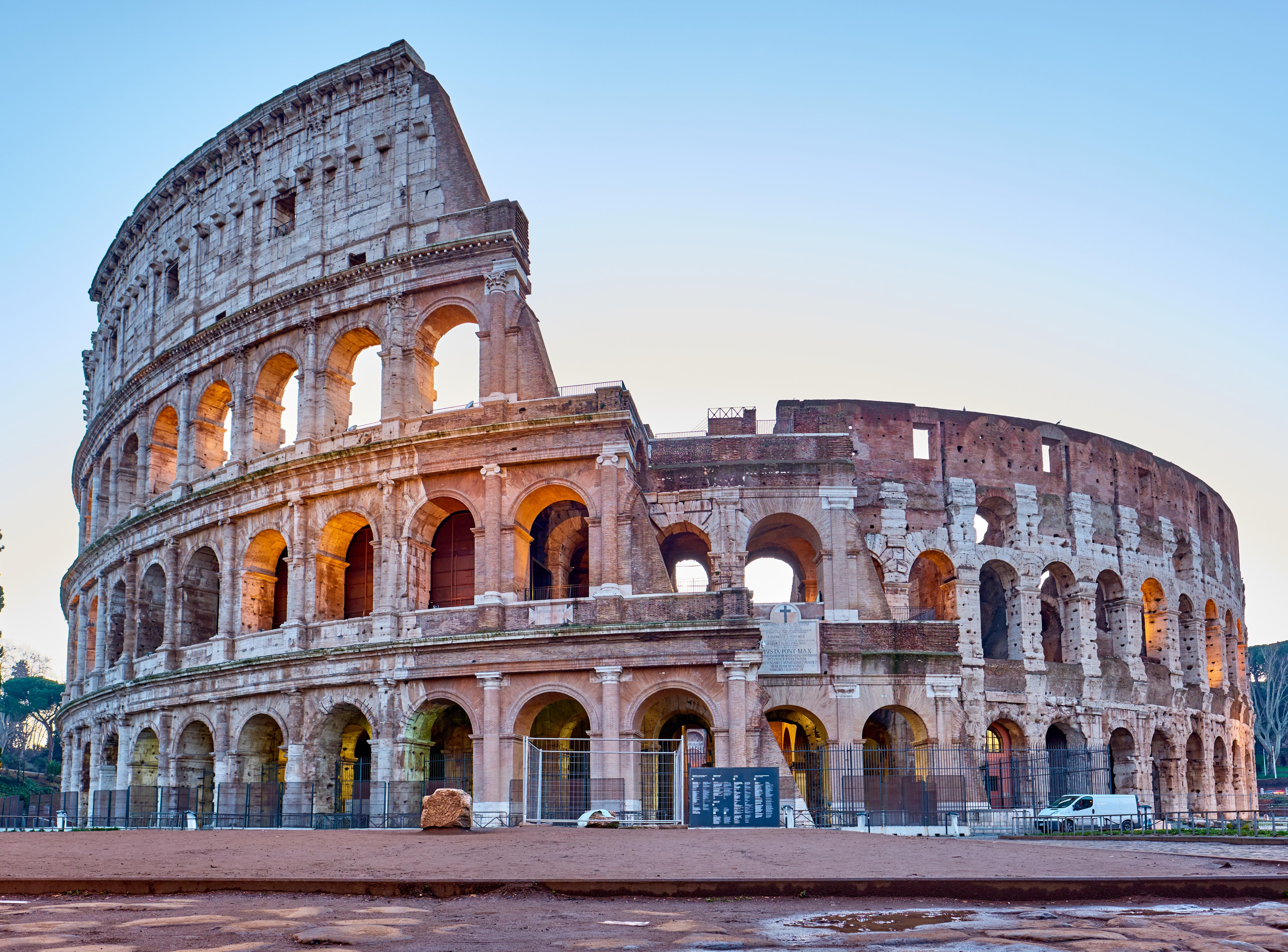
Rome, known as the Eternal City, is a place where ancient history and modern life coexist in harmony. The city's iconic landmarks, such as the Colosseum and the Roman Forum, serve as reminders of the grandeur of the Roman Empire. As one strolls through the cobblestone streets, it's easy to imagine the grandeur of Roman processions and the bustling life of a city that was once the heart of a vast empire. The Pantheon, with its impressive dome, stands as a testament to the architectural ingenuity of the Romans. Beyond the ruins, Rome's influence is evident in its art, language, and legal systems, which have shaped Western culture for centuries. The Vatican City, nestled within Rome, adds another layer of historical significance, serving as the spiritual center of the Catholic Church. In Rome, every corner offers a new discovery, a new story from the past that enriches the present.
3. Cairo
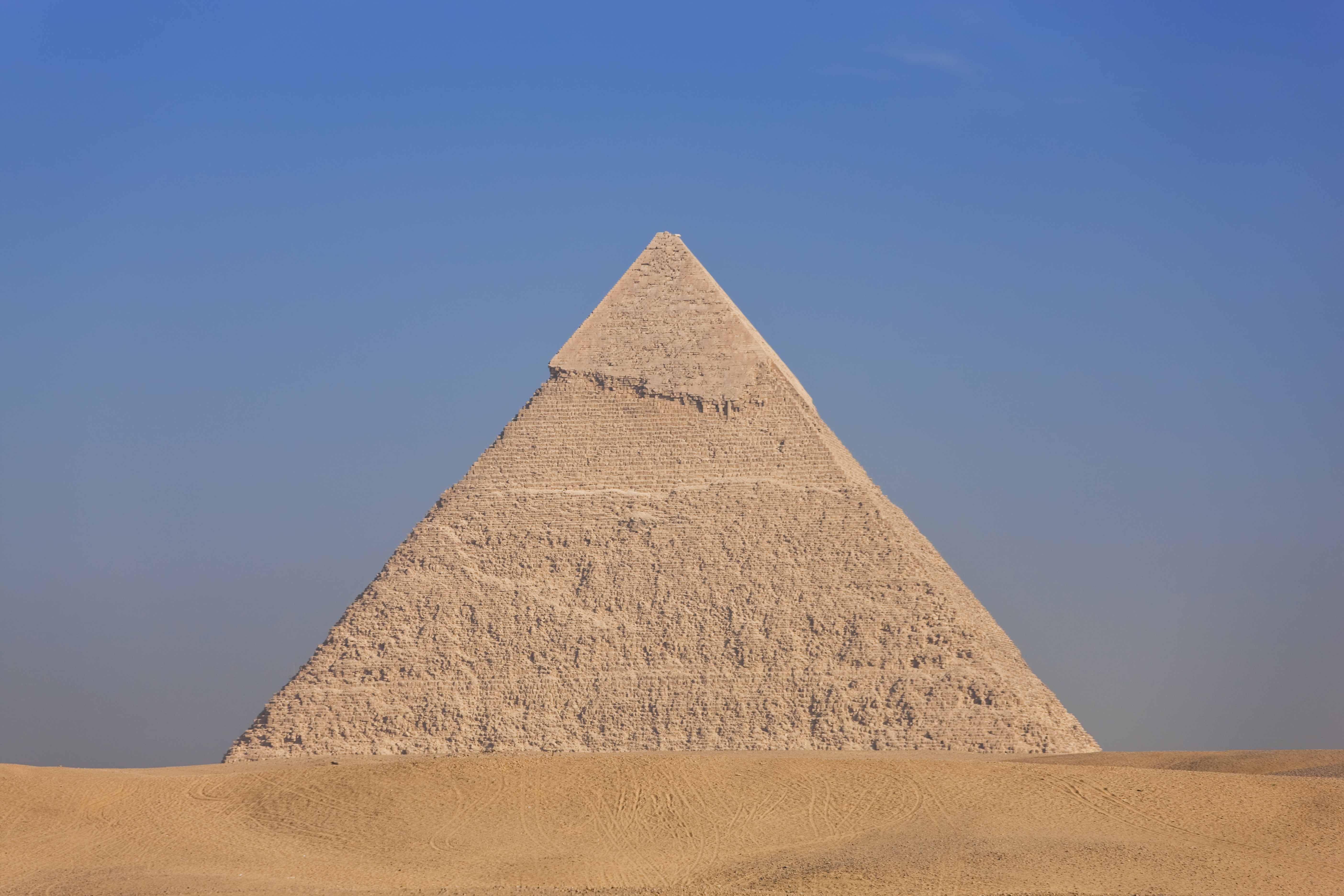
Cairo, the capital of Egypt, is a city where the echoes of the pharaohs can still be heard. The Great Pyramids of Giza, standing on the outskirts of the city, are a testament to the engineering prowess of ancient Egyptians. These monumental structures have captured the imagination of travelers for centuries, inspiring countless myths and legends. In the heart of Cairo, the Egyptian Museum houses an extensive collection of artifacts—including the treasures of Tutankhamun—offering a glimpse into the opulence of ancient Egyptian civilization. The city's bustling bazaars and vibrant street life reflect a cultural richness that has been shaped by millennia of history. The Nile River, which flows through Cairo, has been a lifeline for the city since ancient times, providing sustenance and facilitating trade. In Cairo, the past is not just a distant memory; it is a living part of the city's identity, influencing its culture, architecture, and daily life.
4. Istanbul
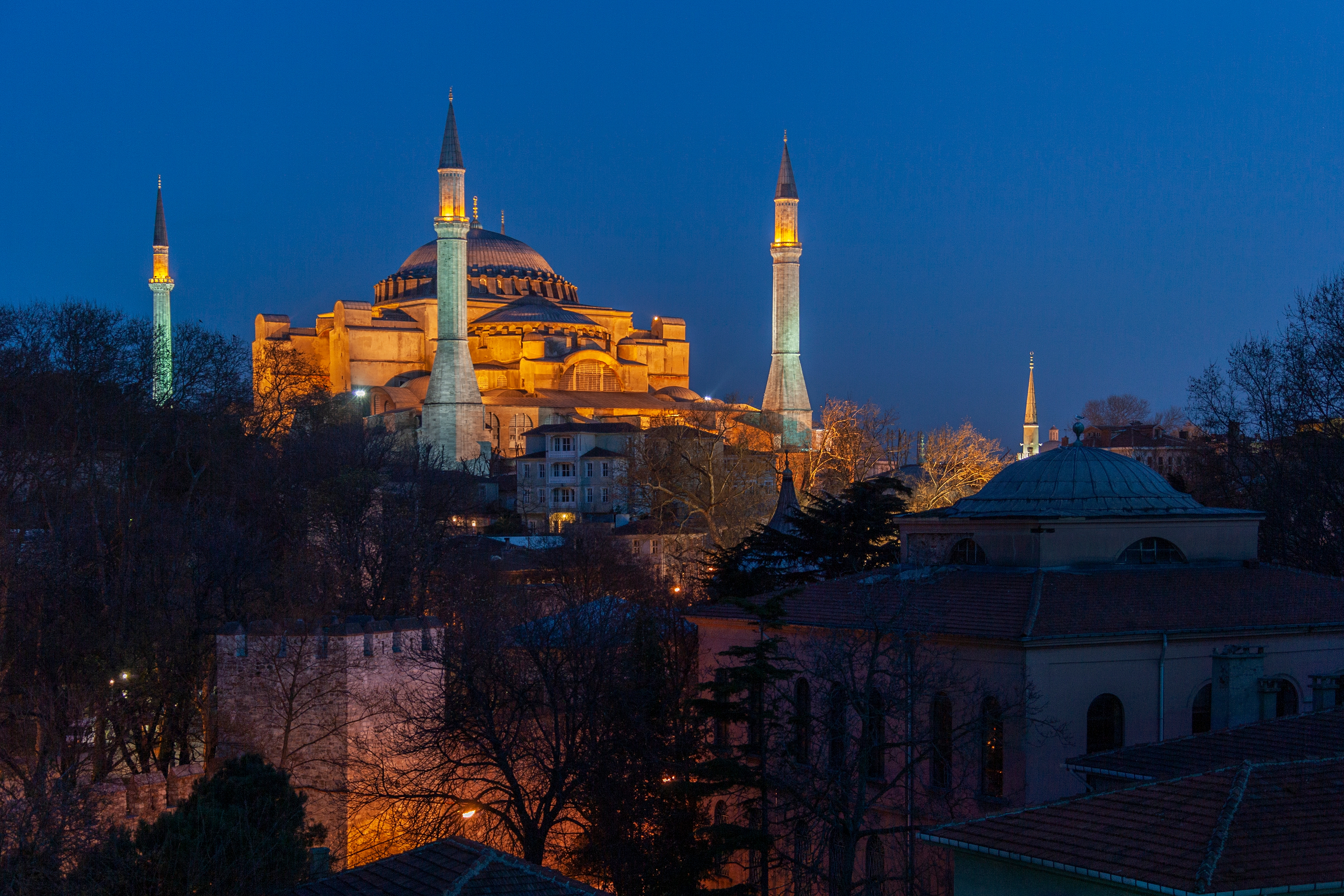
Istanbul, straddling the continents of Europe and Asia, is a city that has been shaped by the ebb and flow of empires. Formerly known as 'Byzantium' and later 'Constantinople', Istanbul has been a crossroads of civilizations for millennia. The city's skyline is dominated by the majestic Hagia Sophia, a masterpiece of Byzantine architecture that has served as a cathedral, mosque, and now a museum. The Blue Mosque, with its elegant domes and minarets, stands as a symbol of Ottoman grandeur. Istanbul's rich history is also evident in its bustling bazaars, such as the Grand Bazaar and the Spice Bazaar, where the scents and sounds evoke the city's vibrant past as a center of trade. The Bosphorus Strait, which divides the city, has been a strategic waterway for centuries, linking the Black Sea to the Mediterranean. In Istanbul, the past is woven into the fabric of the city life, creating a unique blend of cultures and traditions that continue to captivate visitors from around the world.
5. Jerusalem
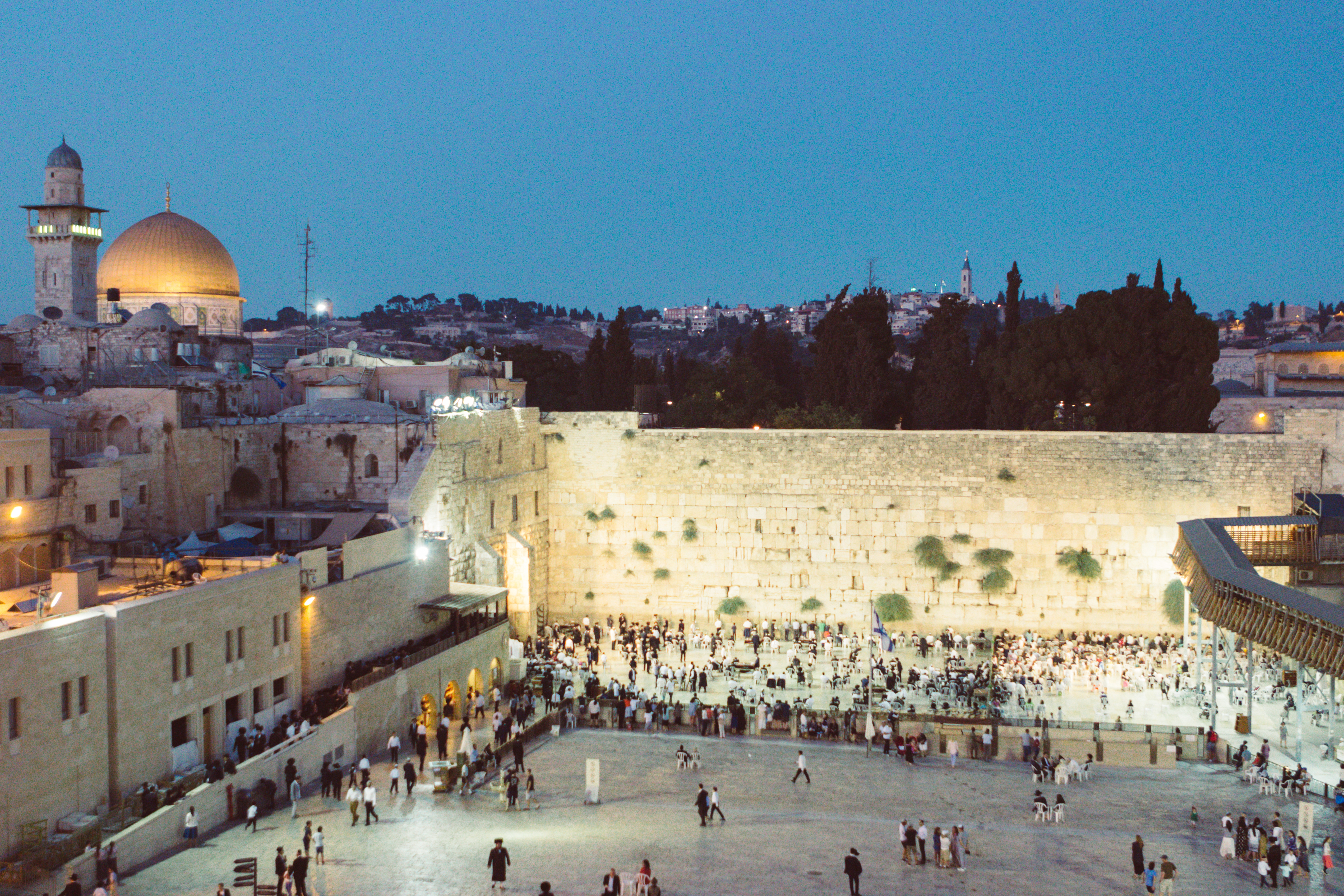
Jerusalem is a city that holds profound significance for three major world religions: Judaism, Christianity, and Islam. Its ancient streets are imbued with a sense of spirituality and history, drawing pilgrims and tourists alike. The Western Wall, a remnant of the Second Temple, is a sacred site for Jews, while the Church of the Holy Sepulchre is revered by Christians as the site of Jesus' crucifixion and resurrection. The Dome of the Rock, with its iconic golden dome, is one of Islam's holiest sites. Jerusalem's Old City is a labyrinth of narrow alleys and ancient buildings, where the past is ever-present. The city's complex history is reflected in its diverse population, which includes people of various faiths and cultures. Despite its turbulent timeline, Jerusalem remains a symbol of hope and faith, a place where the echoes of ancient civilizations continue to resonate in the hearts of those who visit.
6. Mexico City
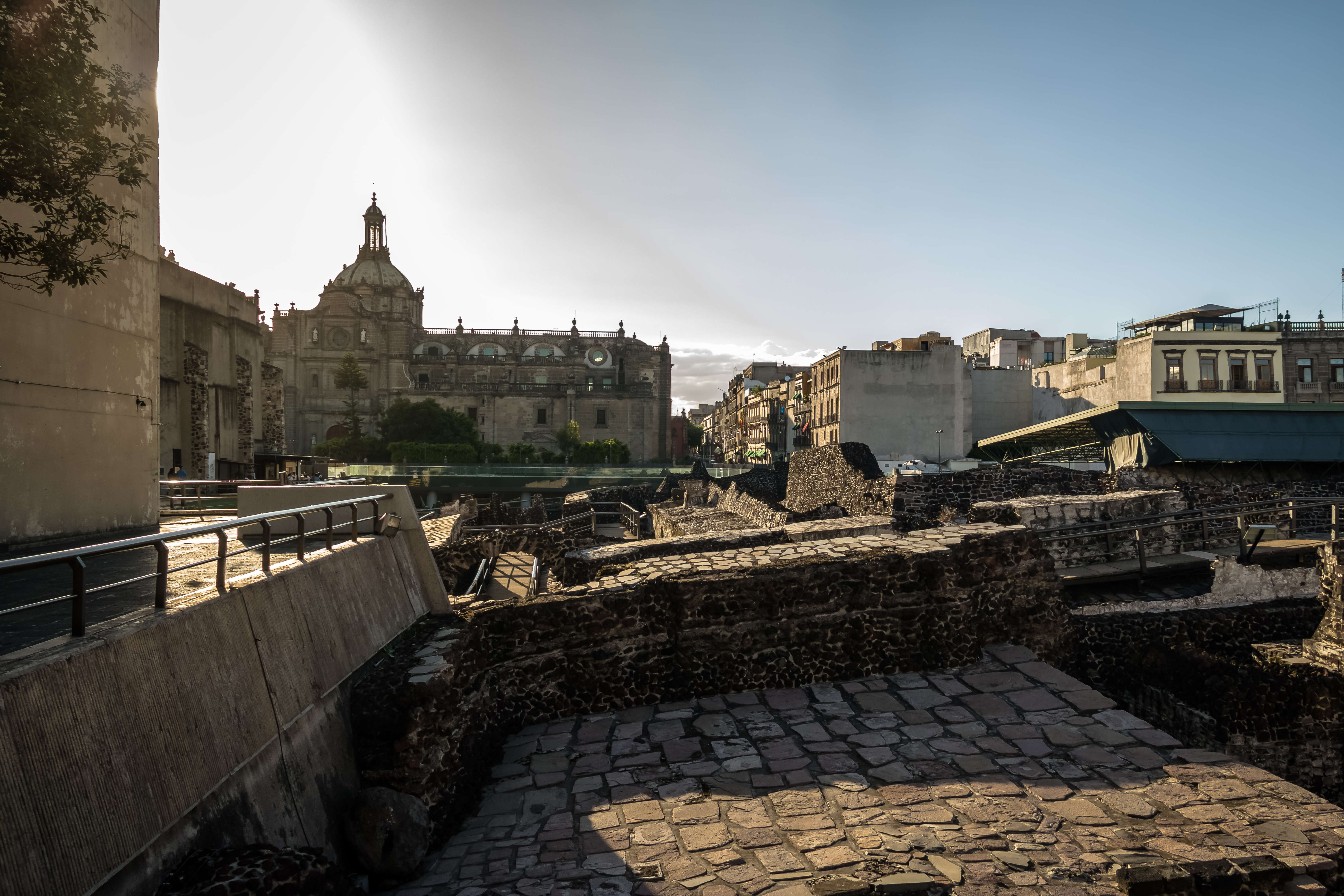
Mexico City, the capital of Mexico, is built upon the ruins of Tenochtitlán, the capital of the Aztec Empire. The city's rich history is evident in its architecture, museums, and archaeological sites. The Templo Mayor, once the main temple of the Aztecs, now stands as a museum, offering insights into the religious and cultural practices of this ancient civilization. The city's vibrant culture is a blend of indigenous and Spanish influences, a testament to its complex history. Mexico City's historic center, a UNESCO World Heritage site, is home to colonial-era buildings and bustling plazas, where the echoes of the past can still be heard. The city's museums, such as the National Museum of Anthropology, house extensive collections of artifacts that tell the story of Mexico's indigenous peoples. In Mexico City, the legacy of the Aztecs is not just preserved; it is celebrated and integrated into the city's modern identity.
7. Cusco
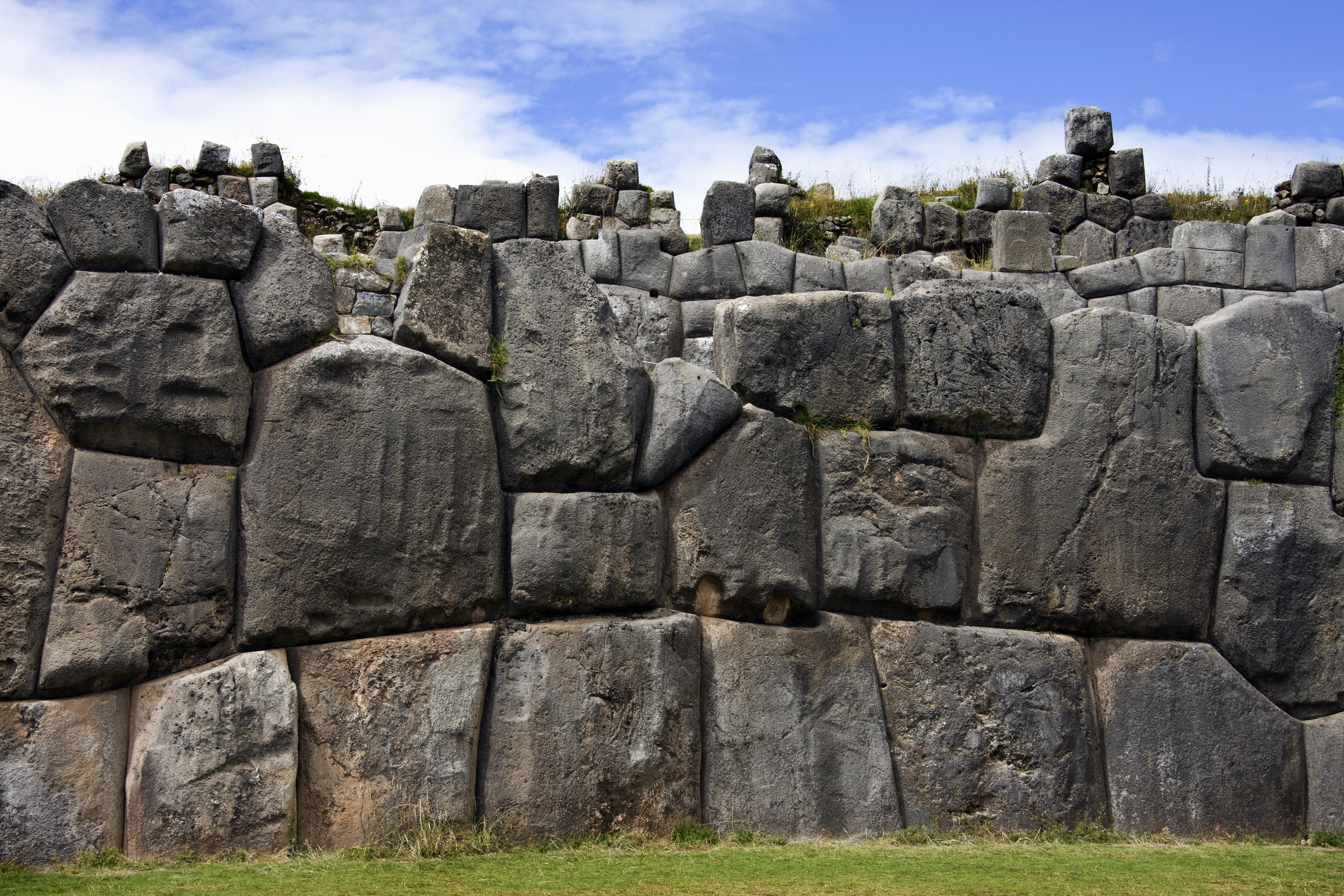
Cusco, once the capital of the Inca Empire, is a city where the past is intricately woven into the present. The city's narrow streets are lined with buildings that blend Incan stonework with Spanish colonial architecture, reflecting its rich history. The ruins of Sacsayhuamán, a fortress that overlooks the city, are a testament to the engineering excellence of the Incas. The city's vibrant culture is evident in its festivals, where traditional music and dance are celebrated with fervor. Cusco is also the gateway to Machu Picchu, the famed Incan citadel that continues to captivate travelers from around the world. The city's museums, such as the Inca Museum, offer insights into the daily lives and beliefs of the Incas. In Cusco, the past is not just memorialized; it weilds influence on its contemporary culture, architecture, and daily life.
8. Petra
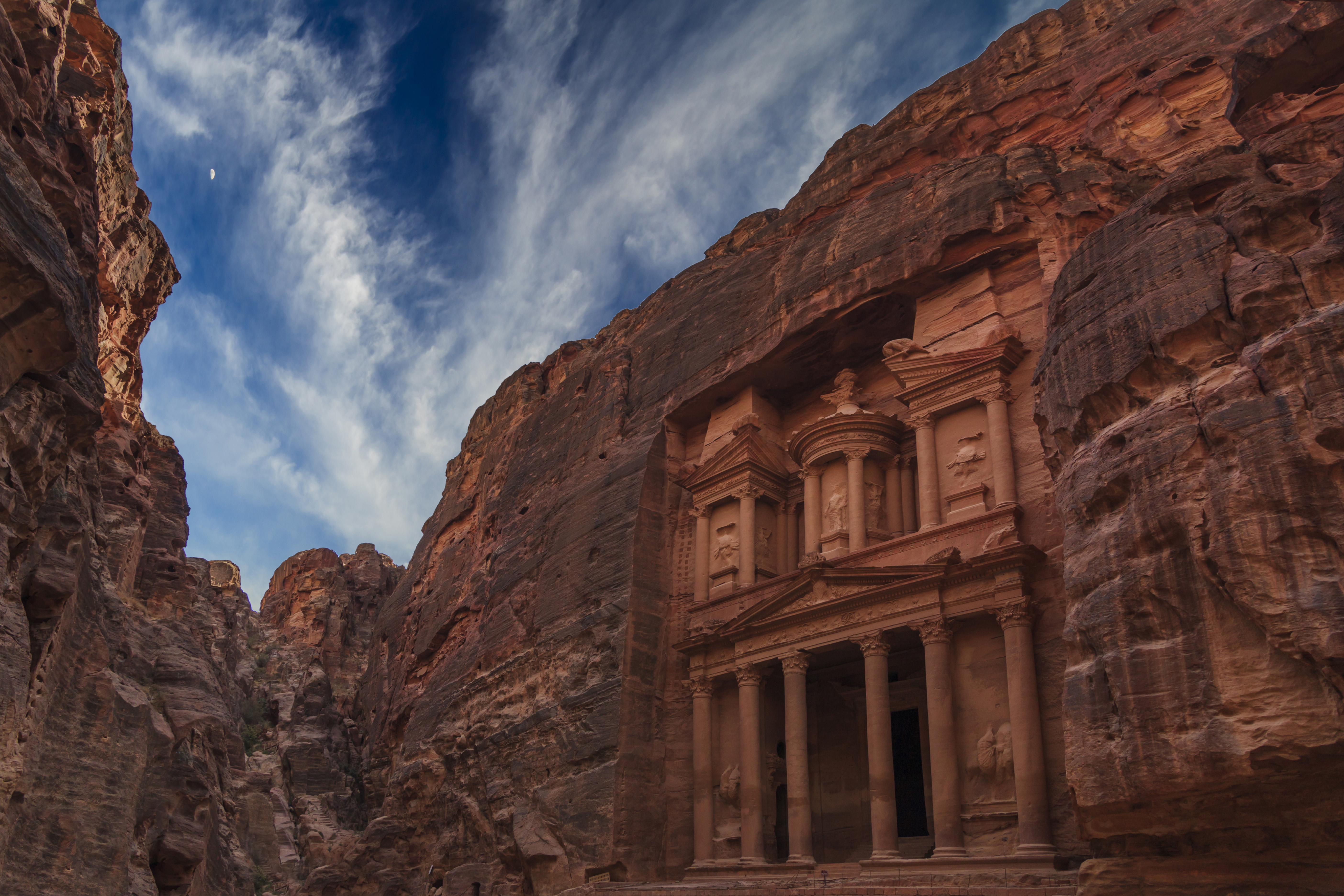
Petra, often referred to as the Rose City due to the color of its stone, is an archaeological wonder that was once the thriving capital of the Nabataean kingdom. Hidden within the rugged mountains of southern Jordan, Petra is a testament to the ingenuity of its ancient inhabitants, who carved intricate structures and tombs into the rose-red cliffs. The city's most iconic structure, Al-Khazneh—or, The Treasury—greets visitors with its grand facade, a masterpiece of rock-cut architecture. Petra's strategic location along ancient trade routes made it a bustling hub of commerce and culture, where traders from across the ancient world exchanged goods and ideas. The city's complex water management system is a marvel of engineering, showcasing the Nabataeans' ability to adapt to their arid environment. Today, Petra stands as a symbol of the enduring legacy of the Nabataeans, in testimony of their creativity and resilience.
9. Xi'an
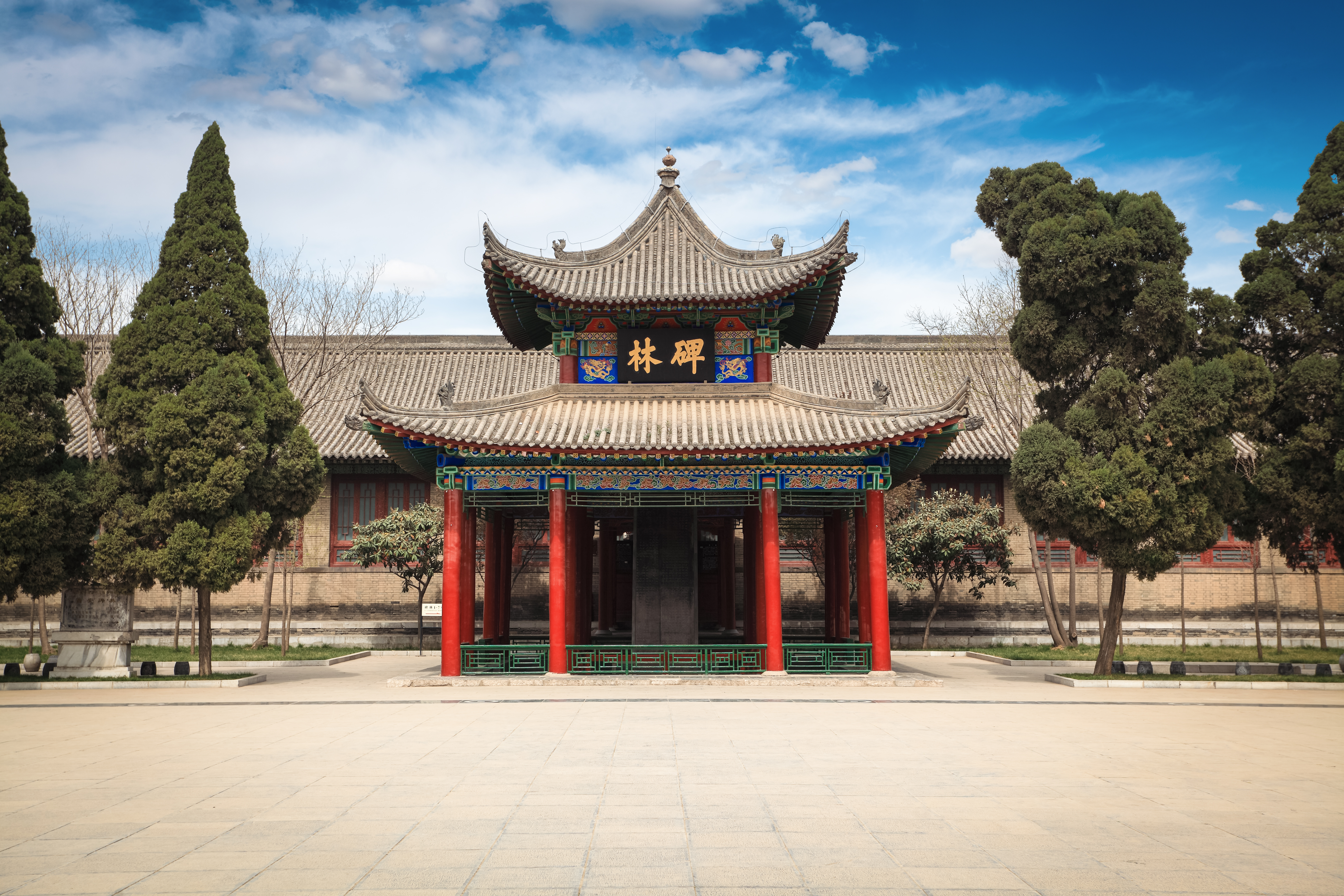
Xi'an—one of China's oldest cities—was the eastern terminus of the Silk Road, a network of trade routes that connected the East and West. The city's rich history is evident in its ancient architecture and cultural heritage. The Terracotta Army, an awe-inspiring collection of life-sized sculptures, was created to accompany China's first emperor, Qin Shi Huang, in the afterlife. This archaeological site offers a glimpse into the grandeur of ancient Chinese civilization. The city's ancient walls, which encircle the historic center, are a testament to its strategic importance throughout history. Xi'an's vibrant culture is a blend of traditional and modern influences, reflected across its cuisine, festivals, and arts. The city's museums, such as the Shaanxi History Museum, house extensive collections of artifacts that tell the story of China's past. In Xi'an, the echoes of ancient civilizations continue to resonate, reminding its visitors and admirers of the city's pivotal role in shaping the history of the world.
10. Damascus
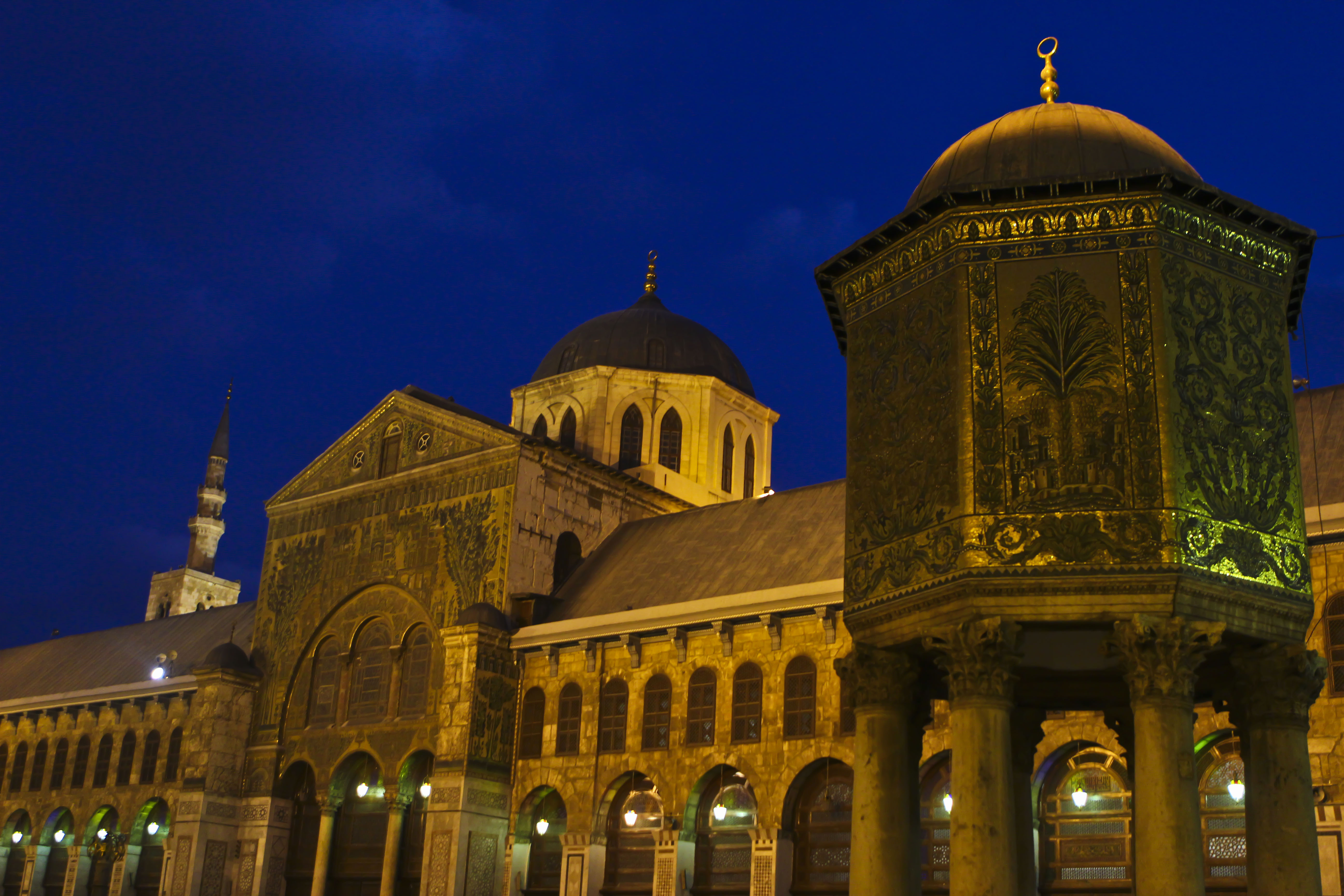
Damascus, one of the oldest continuously inhabited cities in the world, is often referred to as the Pearl of the East. Its rich history is evident in its ancient architecture and vibrant culture. The Umayyad Mosque, one of the largest and oldest mosques in the world, stands as a testament to the city's Islamic heritage. The city's narrow alleys and bustling souks offer a glimpse into its past as a center of trade and commerce. Damascus has been a crossroads of cultures and civilizations, from the Arameans to the Romans, and its diverse heritage is reflected in its art, music, and cuisine. The city's museums, such as the National Museum of Damascus, house extensive collections of artifacts that narrate the story of Syria's rich history. Despite the challenges it has faced in recent years, Damascus remains a symbol of resilience and cultural richness, where the echoes of ancient civilizations continue to resonate.
11. Varanasi
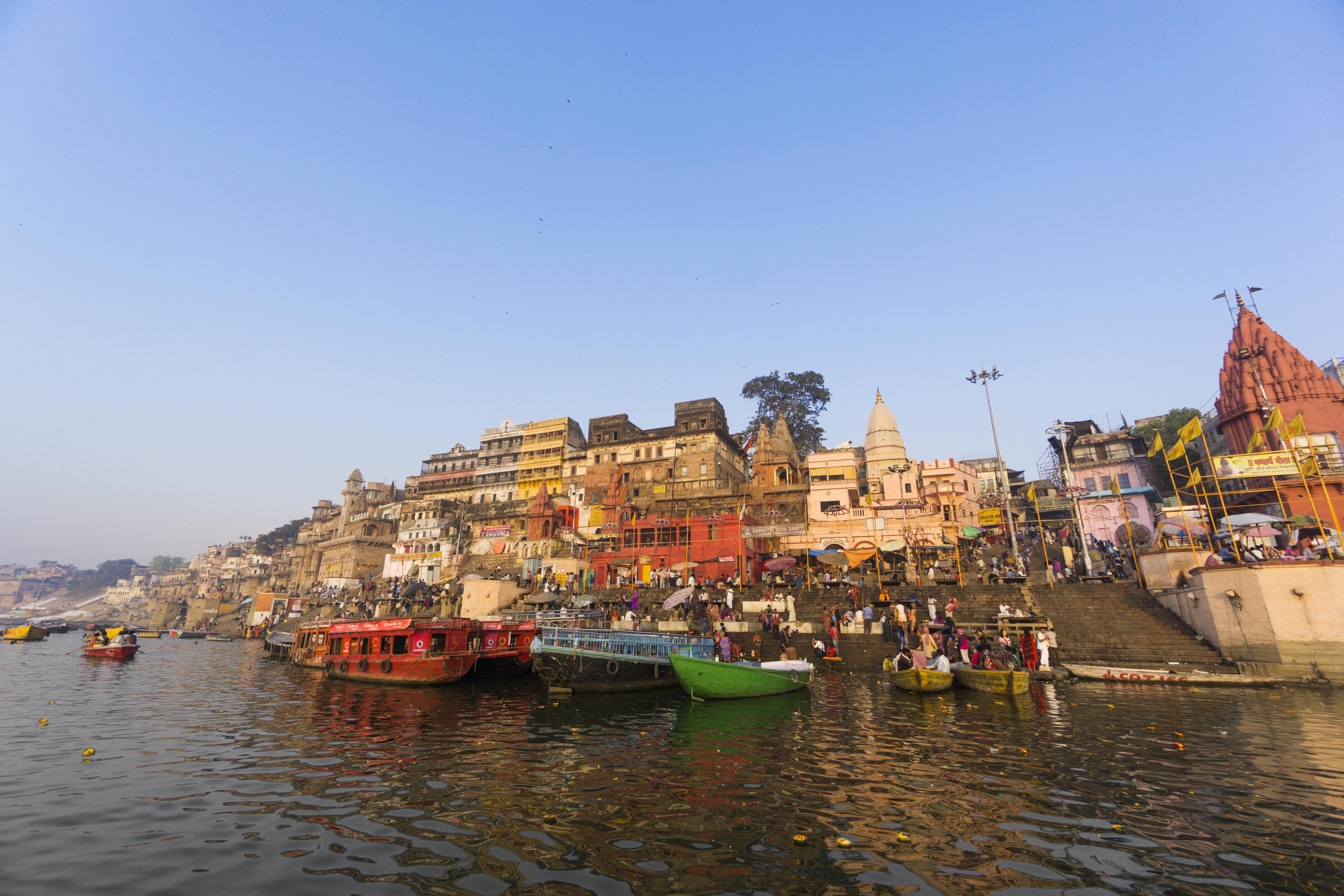
Varanasi, one of the oldest cities in the world, is considered the spiritual heart of India. Situated on the banks of the Ganges River, Varanasi is a city where the past and present coexist in harmony. The city's ghats—a series of steps leading down to the river—are a focal point of religious and cultural life, where pilgrims come to bathe in the sacred waters and perform rituals. The city's narrow streets are lined with temples and shrines, each with its own history and significance. Varanasi is a center of learning and culture, with a rich tradition of music, dance, and literature. The city's vibrant festivals, such as Diwali and Holi, are celebrated with great fervor, reflecting its deep spiritual and cultural heritage. In Varanasi, the echoes of ancient civilizations are ever-present, reminding us of the city's continued significance as a place of pilgrimage and spiritual renewal.
As our journey through these eleven stunning cities comes to an end, we are reminded of the timeless legacy of ancient civilizations. Each city, with its unique history and culture, offers a glimpse into the past, revealing the stories of the people who once thrived there. These cities are not just relics of history; they are living, breathing places where the past continues to shape the present. They remind us that while civilizations may rise and fall, their legacies endure, influencing the world we live in today. The echoes of ancient civilizations are a testament to the creativity, resilience, and ingenuity of humanity, inspiring us to preserve and celebrate our shared heritage. As we reflect on these cities, we are reminded of the importance of understanding and appreciating our history, for it is through the past that we can better understand the present and envision the future.




